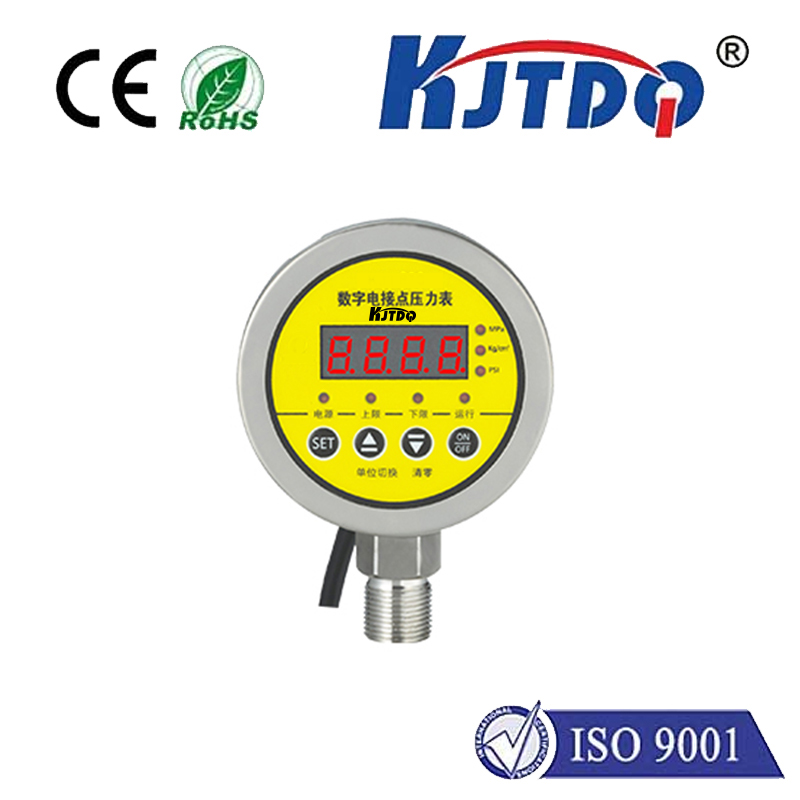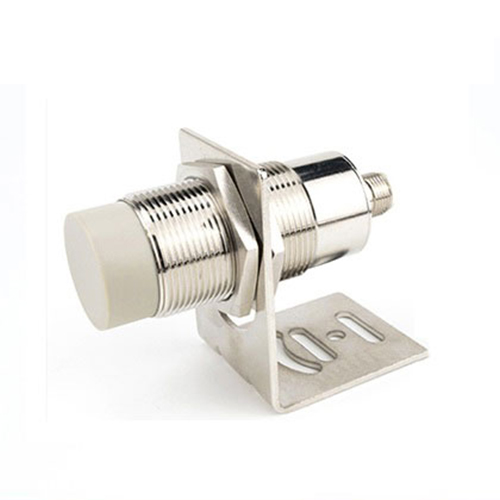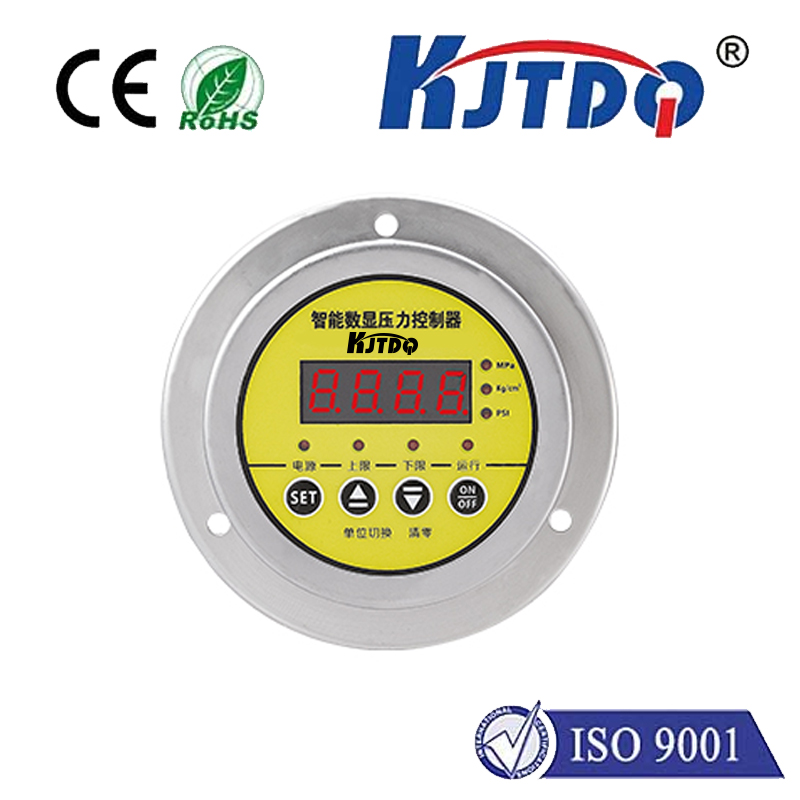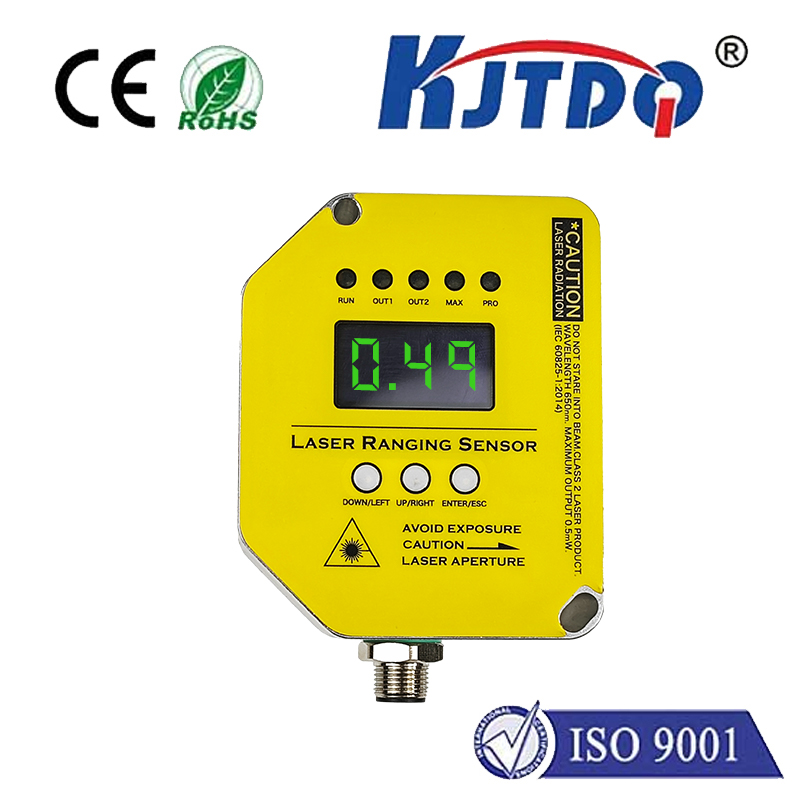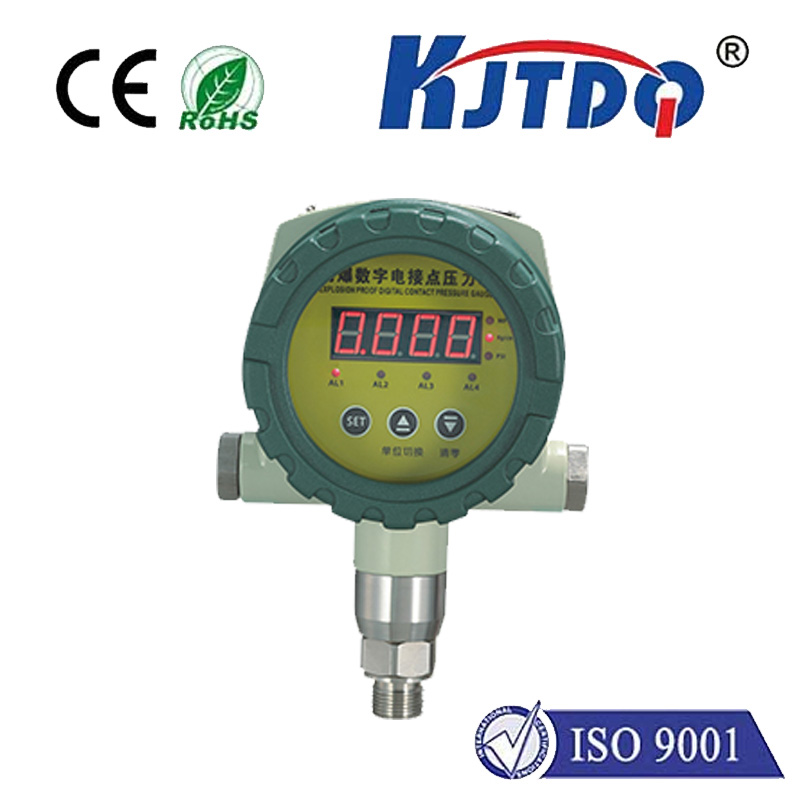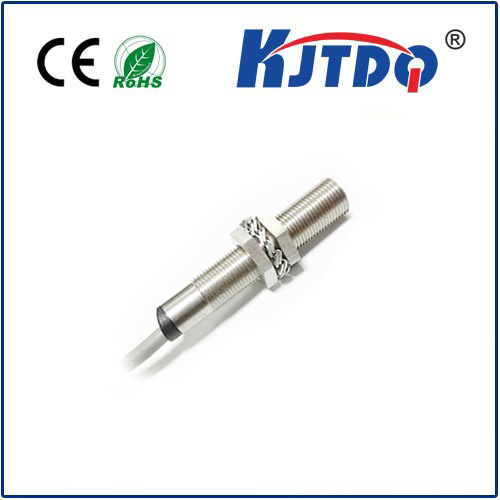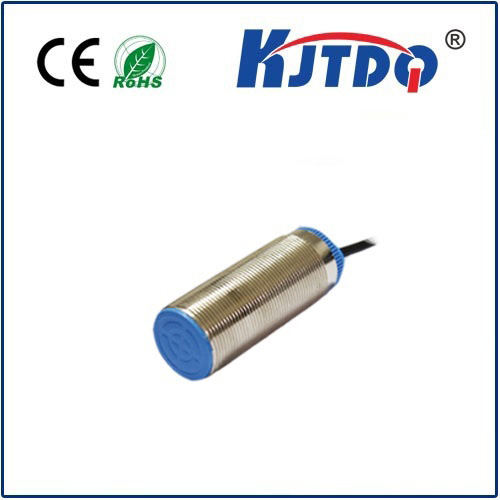micro proximity switch
- time:2025-06-20 00:27:14
- Click:0
Micro Proximity Switches: The Unsung Miniature Heroes of Precision Detection
In the intricate dance of modern automation, where robotic arms assemble smartphones with micron-level accuracy and packaging lines operate at dizzying speeds, the silent choreographers are often vanishingly small. Enter the micro proximity switch: a testament to engineering ingenuity, proving that immense power and critical functionality can reside within an incredibly compact form. These miniature marvels, operating without physical contact, provide the precise, reliable object detection essential for countless applications where space is at a premium and performance is paramount.
Understanding the Micro Proximity Switch
At its core, a proximity switch detects the presence, absence, or distance of an object within its sensing range. Unlike mechanical limit switches requiring physical contact, proximity sensors achieve this non-contact sensing through electromagnetic fields, capacitive changes, or optical beams. The “micro” designation specifically refers to extremely compact housings, typically ranging from M3 (3mm diameter) to M12 (12mm diameter) thread sizes, and often featuring cylindrical or rectangular designs built for space-constrained installations. Their diminutive size belies their robust capabilities, making them indispensable in modern machinery.
Key Technologies in Miniature

Micro proximity switches leverage several core sensing principles, each suited to different materials and environments:
- Inductive Proximity Switches: The most common micro variant, these detect ferrous metals (like iron or steel) and sometimes non-ferrous metals (like aluminum or copper) depending on their design. An internal coil generates an oscillating electromagnetic field. When a metal target enters this field, it induces eddy currents, causing a detectable change in the oscillator’s amplitude or frequency. Inductive sensors are prized for their robustness, immunity to dirt and moisture (often boasting high IP ratings like IP67 or IP68), lack of moving parts, and long service life. Imagine them seamlessly detecting tiny pistons in a pneumatic cylinder or verifying the presence of a gear tooth on a miniature assembly.
- Capacitive Proximity Switches: These sensors detect both metallic and non-metallic objects (plastics, wood, liquids, powders) by measuring changes in capacitance. The sensor forms one plate of a capacitor, and the target object (or the background) forms the other. As the target approaches, the capacitance changes, triggering the switch. Micro capacitive sensors excel where inductive types fall short, like detecting fluid levels in small containers, monitoring plastic film feed, or sensing powder flow in pharmaceutical equipment.
- Photoelectric Micro Switches: While not always classified strictly as “proximity” switches in discussions differentiating them from inductive/capacitive, miniature photoelectric sensors are crucial for non-contact detection at small scales. They use a light beam (visible, infrared, laser) emitted by a transmitter and received by a receiver. The beam’s interruption or reflection signals an object’s presence. Micro versions include through-beam (separate emitter/receiver), retro-reflective (single unit with reflector), and diffuse reflective (single unit detects reflection from the target itself). These are vital for detecting tiny components on PCBs or verifying label placement on small vials.
Why Micro Matters: Applications Driving Demand
The relentless push towards miniaturization across industries fuels the demand for micro proximity sensors. Their small size solves critical challenges:
- Space-Constrained Machinery: Robots, especially collaborative robots (cobots), CNC machines, semiconductor manufacturing equipment, and intricate packaging lines simply lack the physical space for larger sensors. Micro switches fit into tight gaps and moving joints.
- High-Density Automation: Modern production lines pack functionality into minimal footprint. Miniature sensors allow for more detection points within the same area, increasing functionality and complexity without expanding the machine size.
- Lightweight Design: In applications like drones or wearable robotics, every gram matters. The minimal weight of a micro proximity switch is a significant advantage.
- Precision Positioning: Close-range detection tasks, such as verifying the position of tiny electronic components during placement or ensuring a micro-valve has actuated, demand sensors that can be positioned very near the target without interfering. Their compact build enables this fine granularity.
- Embedded Systems: Micro switches are increasingly integrated directly into sub-assemblies, modules, and even consumer products where internal space is limited.
Core Advantages Beyond Size
While their compactness is defining, micro proximity switches deliver critical performance benefits:
- High Reliability & Long Life: The lack of moving parts inherent in inductive and capacitive designs translates to minimal wear and tear, ensuring consistent operation over millions of cycles. This reliability is non-negotiable in automated environments.
- High Switching Frequency: Many micro proximity switches can detect targets moving at very high speeds, making them suitable for fast-paced assembly and packaging lines where rapid, accurate detection is essential.
- Robustness: Designed for industrial use, they typically feature rugged housings (stainless steel or high-grade plastics) and resist vibration, shock, and harsh environmental factors like cutting fluids, coolants, and dust, especially with appropriate IP sealing.
- Simple Integration: Standard NPN (sinking) or PNP (sourcing) outputs, along with various connection methods (cable, connector, terminal), make integrating these sensors into existing control systems (PLCs) straightforward.
Selecting the Right Micro Powerhouse
Choosing the optimal micro proximity switch requires careful consideration:
- Sensing Principle: Will you detect metal (inductive best), non-metal/liquid (capacitive best), or require longer range/object differentiation (photoelectric)? Material matters.
- Size & Mounting: Precisely measure the available space and choose a thread size (M3, M4, M5, M8, M12) or rectangular shape that fits. Consider flush or non-flush mounting requirements for inductive sensors.
- Sensing Range: Micro sensors typically have shorter ranges (mm scale) than their larger counterparts. Select one with a sensing range appropriate for your target distance.
- Output Configuration: Does your system require an NPN (sinking) or PNP (sourcing) transistor output? What voltage level (10-30V DC common)?
- Electrical Connection: Prefer cable outlet, miniature connector (e.g., M8, M12), or direct terminals?
- Environmental Ratings: Ensure the IP rating (dust/water ingress protection) is suitable for the operating environment (clean room, washdown, dusty area).
- Special Features: Some offer enhanced capabilities like temperature resistance, resistance to specific chemicals, or shielded vs. unshielded designs (affecting side-sensing sensitivity).
From the delicate assembly of medical devices to the high-speed precision of electronics manufacturing, micro proximity switches operate unseen, ensuring seamless, reliable, and efficient operation. Their evolution continues towards even greater miniaturization, enhanced sensing ranges for their size, and integration of smart diagnostics. As industries demand ever more compact, powerful, and intelligent machinery, these miniature sentinels will remain fundamental components, silently enabling the next generation of automation and technological advancement.












